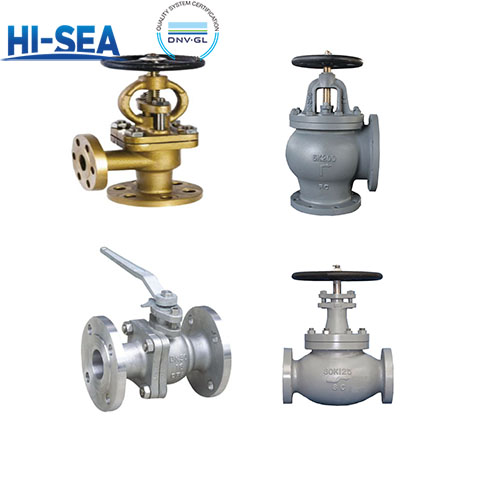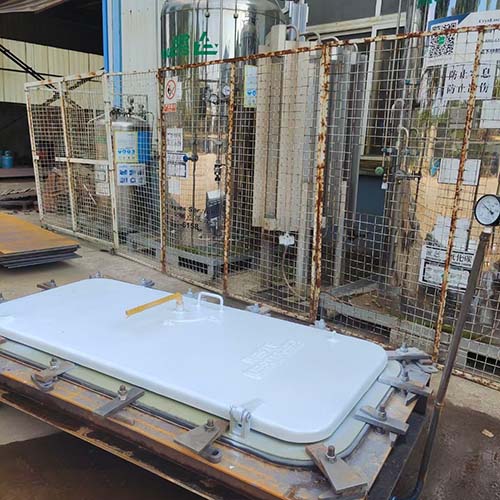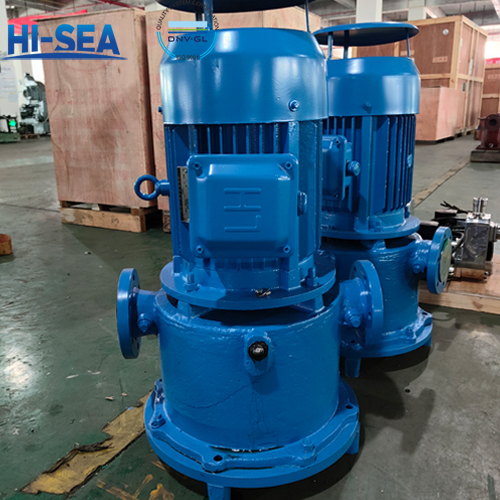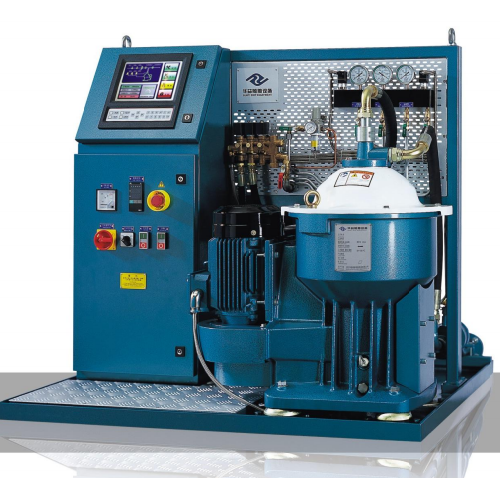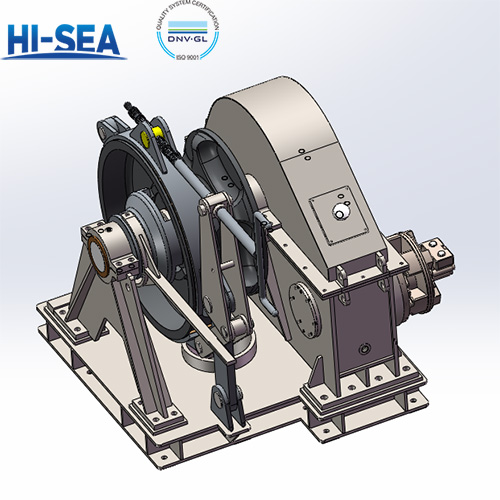
Main Materials for Marine Valves
In the marine industry, the quality of marine valves is directly related to the safety and performance of the vessel. Choosing the right valve material not only improves equipment durability but also effectively reduces maintenance costs, ensuring reliable operation in a variety of harsh environments. Understanding the main materials and advantages of marine valves will help you make informed purchasing decisions.
Overview
The following are the main materials and characteristics of marine valves:
Copper Alloy
Properties: Excellent corrosion resistance, wear resistance, and machinability, as well as good casting properties, high casting density, and good airtightness.
Common grades:
Tin bronze (ZCuSn10Zn2): used for valve bodies, bonnets, and valve cores; aluminum bronze (QA19-2): used for valve stems and high-wear components (such as nuts). Aluminum Bronze (C95800): Used for valve bodies, bonnets, and valve cores.
Applications: Fire protection systems, seawater valves, seawater pumps and valves, cooling systems (such as GB/T 2030 seawater valves), and suitable for low-pressure valves.
Carbon Steel
Characteristics: Low cost and high strength, but poor corrosion resistance, requiring coating protection.
Common Grades:
ZG230-450 Cast Steel: Tensile Strength σb ≥ 450 MPa, Yield Strength σs ≥ 230 MPa
WCB Carbon Steel: Composition: Carbon content 0.2%-0.3%, with trace amounts of manganese and silicon, low cost and excellent processability.
Performance Advantages: Tensile strength ≥ 485 MPa, operating temperature range -29°C to 425°C, suitable for media such as water, steam, and oil.
Stainless Steel
Characteristics: Seawater corrosion resistance, oxidation resistance, high strength, suitable for high-pressure and high-temperature environments. Commonly used grades:
304/316 austenitic stainless steel (such as CF8 and CF8M): Used in seawater cooling systems and fuel pipes.
Duplex stainless steel (such as 2205/2507): Resistant to chloride ion corrosion, suitable for seawater piping. (Duplex stainless steel 2205 is recommended for valves in seawater systems, such as ball valves and butterfly valves, due to its excellent corrosion resistance.)
Ductile Iron
Properties: Ductile iron offers high strength, excellent wear resistance, and corrosion resistance.
Commonly used grades:
QT450 Ductile Iron: Primarily used for marine butterfly valve bodies (GB/T3037-2017). Ductile iron butterfly valves are widely used on ships due to their compact structure, light weight, and low cost. Ductile iron also offers strength similar to that of cast steel and better corrosion resistance than ordinary cast iron.
Cast Iron
Characteristics: Low price; HT200 tensile strength and elongation are significantly lower than those of ductile iron and cast steel; in seawater, humid salt spray environments, or corrosive media (such as sewage and certain chemicals), gray cast iron's corrosion resistance is far inferior to that of ductile iron (especially coated ductile iron), bronze, or stainless steel. It is highly susceptible to rust and pitting, leading to valve failure or leakage.
Common grades:
HT200 gray cast iron
Material Type | Cost | Resistance to corrosion | Strength | Temperature resistance | Applicable pressure | System of application | Note | Reference Picture |
Bronze | Highest | Excellent (small valve) | Low | -40~250℃ | PN≤2.5MPa | Seawater cooling system; Sea valve | Dezincification prevention | |
Carbon Steel | Medium | Medium (requires coating protection) | High | -29~425℃ | PN≤32MPa | Drainage system; Low temperature oil circuit | Need for corrosion protection |
|
Stainless Steel | Higher | Best | High | -196~650℃ | PN≤32MPa | Fuel oil system; High temperature steam line | High temperature chloride ion protection | |
Ductile Iron | Medium | Better than cast iron | Medium | -30~350℃ | PN≤4.0MPa | Seawater system; Ballast water treatment system | Not recommended for strong alkali and hydrochloric acid media |
|
Cast Iron | Lowest | poor | Low (crisp) | -15~250℃ | PN≤1.6MPa | Low pressure, low temperature, non-corrosive fluid | Do not use in combustible media |
|
Key Material Selection Considerations
Media Characteristics
Seawater Systems: Copper alloys and duplex stainless steel are preferred.
Fuel/Lubricating Oil: Oil corrosion resistance is required, so stainless steel or fluororubber linings are suitable.
Chemicals: Hastelloy or PTFE linings are selected based on acidity and alkalinity.
Environment and Operating Conditions
High Temperature and High Pressure (e.g., boiler valves): Stainless steel.
Low Temperature (LNG carriers): Austenitic stainless steel (CF8) or low-temperature carbon steel (LCB).
Cost and Maintenance
Low-Cost Applications: Cast iron or carbon steel (requires coating protection).
Long Life Applications: Stainless steel, to reduce maintenance frequency.

